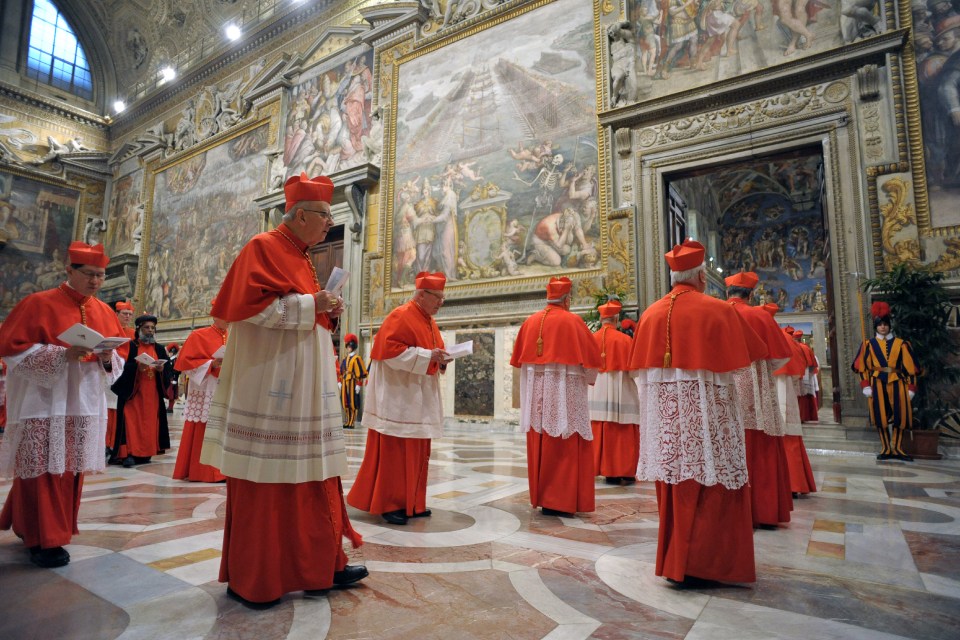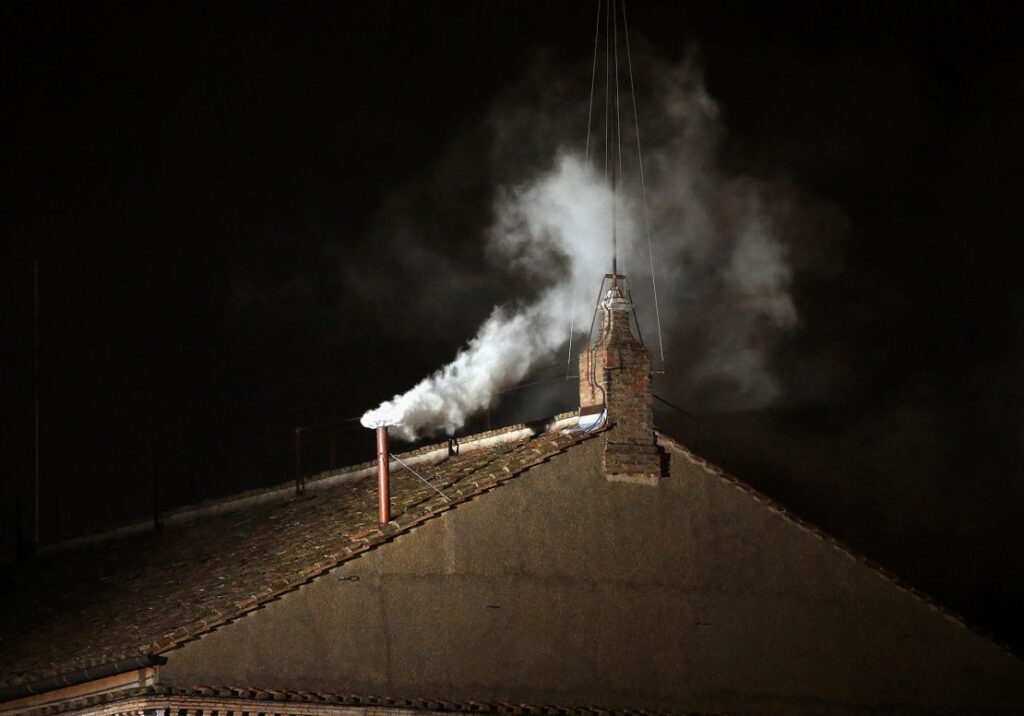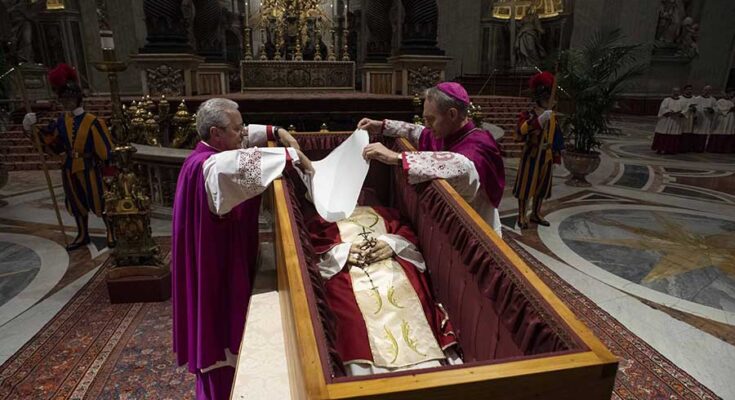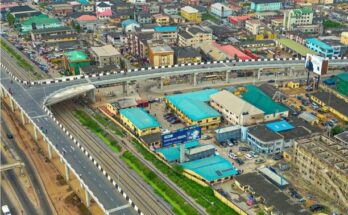By Sunkanmi Adewunmi
Today, many of us woke up to the news: “Pope Francis is dead”. Whether you’re Catholic or not, the death of a Pope hits like the toll of a giant bell echoing across history. Flags at half‑mast. Thousands gather in Vatican City. A leader, a spiritual father to over a billion people, is gone. But what happens when a Pope dies? Surely the Church doesn’t just update its LinkedIn profile and call it a day. No, my friend. You’re about to enter one of the most ancient, mysterious, and theatrical transitions of power in the modern world. Buckle up — it’s going to be a ride through incense, tradition, secrecy, and a bit of smoke.
Act I: Confirming the Pope Is Dead — Camerlengo Role in Papal Death
When the Pope dies, the first official to be notified is the Camerlengo (chamberlain) — basically, the Vatican’s chief administrator during a papal vacancy. Traditionally, he would tap the Pope’s forehead three times with a silver hammer and call his name. If there’s no response (because… well, obviously), he formally declares the Pope dead. This ceremony underscores the Camerlengo role in papal death and sets in motion everything that follows.
Once confirmed, the Camerlengo takes control of the Vatican — he seals the Pope’s apartment, breaks the papal ring (so no one can forge documents in his name), and begins preparations for the papal funeral and papal burial.
Act II: Mourning and the Final Goodbye — Papal Funeral Rituals Explained
The Pope’s body is carefully cleaned and dressed in red papal vestments. He lies in state — first in the Apostolic Palace, then moved to St. Peter’s Basilica, where mourners can file past to pay their respects. This period lasts about nine days, known as novemdiales. Each day is marked with a special Mass, prayers, and a whole lot of incense—truly papal funeral rituals explained in full theatrical splendour.
The funeral, usually held in St. Peter’s Square, is a massive affair. Heads of state, cardinals, pilgrims, and the press from every corner of the globe gather. The Pope is buried in a triple coffin—wood, then lead, then wood again—and laid to rest in the Vatican Grottoes beneath St. Peter’s Basilica, joining the long line of papal burial traditions.

However, the Vatican announced that Pope Francis had streamlined the papal funeral rites so they highlight his identity as a humble pastor rather than a “person of power”. This change was codified in the 2024 edition of the Ordo Exsequiarum Romani Pontificis (Rite of Burial for Roman Pontiffs), which authorises a wooden coffin with a zinc lining in place of the former triple‑casket requirement.
Act III: The Church in Waiting — Sede Vacante and No New Laws
Once the Pope is buried, the Catholic Church officially enters the sede vacante (Latin for “the seat is vacant”) period. The papal throne is literally left empty. No new laws. No major decisions. It’s like putting the entire Church on airplane mode.
During sede vacante, the cardinals — senior Church officials from all over the world — gather in Rome. These are the electors, and they’ve got one job: choose the next Pope.
Act IV: Smoke, Secrets, and the Papal Conclave — How the Catholic Church Elects a New Pope
Enter the Conclave, the secret meeting of cardinals in the Sistine Chapel, perhaps the world’s most exclusive boardroom. No phones, no Twitter, no leaks. Just prayer, discussion, and old‑school voting with paper ballots. This is literally the papal conclave in action.
The cardinals vote twice in the morning and twice in the afternoon. After each round, the ballots are burned in a special stove. If no Pope is chosen, black smoke rises from the chimney. But when the right man is chosen, the ballots are burned with chemicals to send up a puff of white smoke. It’s the ultimate “smoke signal” to the world: Habemus Papam!

Act V: Habemus Papam Ceremony 2025 — “We Have a Pope!”
A cardinal appears on the balcony and delivers the famous words: “Habemus Papam!” (“We have a Pope!”). The new Pope steps forward in his white cassock, waves to the cheering world, and gives his first blessing — “Urbi et Orbi” (for the city and for the world).
Cue tears, joy, hot takes on social media, and a fresh chapter in Church history.
Why It Still Matters
Even if you’re not Catholic, there’s something deeply fascinating about the death of a Pope and the ritual-laden process that follows. It’s steeped in centuries of tradition, yet unfolds before a modern, global audience. From the Camerlengo role in papal death to papal funeral rituals explained, these ancient rites anchor the future of over a billion faithful in something deeper than the news cycle.








